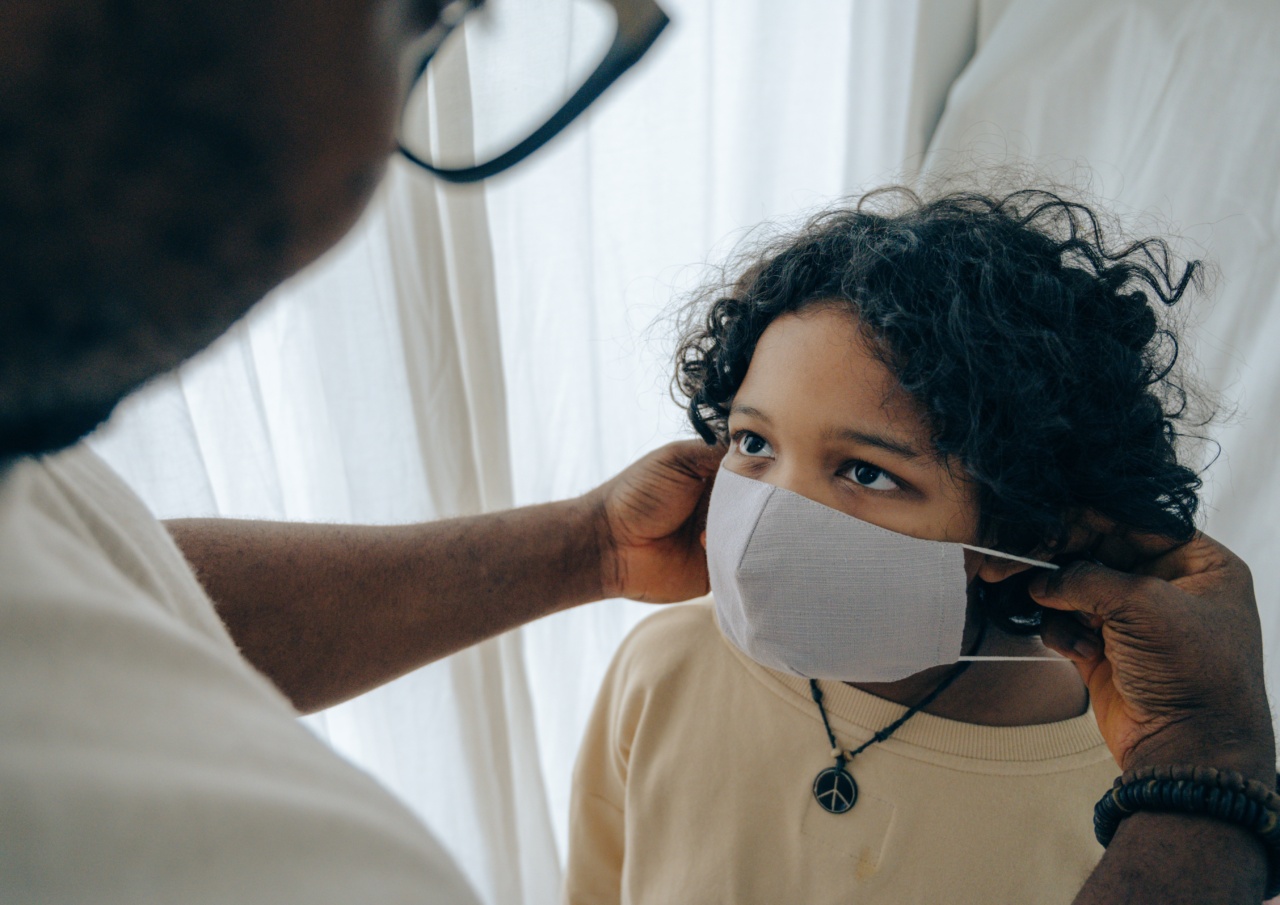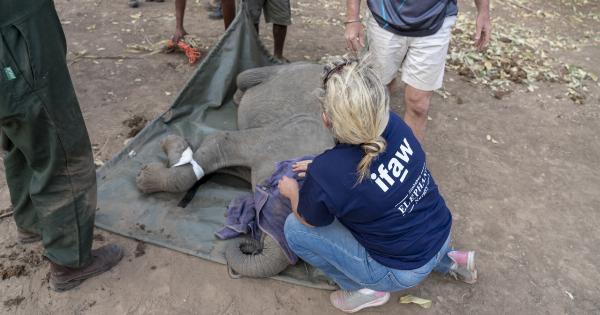As a parent, one of your biggest responsibilities is keeping your child safe. One of the most significant dangers to your child’s safety is drowning.
According to the Centers for Disease Control and Prevention, drowning is the leading cause of unintentional injury death among children aged 1–4 years old. With that in mind, it is essential to take the necessary steps to protect your child from drowning.
1. Supervise Your Child
One of the most effective ways to prevent drowning is to supervise your child at all times when they are around water. This means being within arm’s reach of your child when they are swimming, playing in the pool, or even taking a bath.
Never leave your child alone near water, even for a few seconds. If you need to leave, even briefly, always take your child with you or ask another trustworthy adult to watch them.
2. Teach Your Child to Swim
Teaching your child to swim at an early age is an excellent way to help protect them from drowning.
Enroll your child in swimming lessons with a qualified instructor who can teach them the proper techniques and safety skills they need to be safe around water. Keep in mind that swimming lessons do not make your child drown-proof. Instead, consider swim lessons as a valuable skill set that will provide your child with increased safety when around water.
3. Practice Water Safety
Teach your child the importance of water safety rules at an early age. Explain to them that they can never swim without an adult’s permission and supervision.
Make sure that your child uses a life vest when required while participating in water sports and boating. It is also important to teach your child to respect the water, and to never dive into shallow water or swim in areas where there are signs of danger, such as strong currents.
4. Secure Your Pool Area
If you have a pool, it is important to secure the area to prevent your child from accessing the pool unsupervised. Install a fence or barrier around the pool that is at least four feet high and has a self-latching gate.
Keep furniture and other objects away from the fence that your child might use to climb over it. Ensure that you have pool and gate alarms installed to alert you or anyone nearby to any potential access to the pool area.
5. Learn CPR
Learning CPR can be a valuable tool in case of a drowning emergency. In an emergency, every second counts. By knowing CPR, you may be able to save your child’s life and prevent brain damage or disabilities resulting from a lack of oxygen.
Many organizations offer CPR classes, including the American Red Cross. Take a course to learn this essential life-saving skill.
6. Be Prepared for Emergencies
No matter how careful you are, accidents can still happen. Be prepared for water emergencies by keeping a first aid kit and a charged phone near the pool area.
Learn what to do in case of an emergency, such as how to call for help and how to perform CPR if needed. Having a plan in place may help you to react quickly and calmly in an emergency.
7. Spread Awareness
Finally, spread awareness about the dangers of drowning and ways to prevent it. Teach other parents about the importance of water safety, and encourage them to take the necessary precautions to keep their children safe around water.
Share your knowledge and help protect other children from drowning.
Conclusion
Keeping your child safe from drowning requires taking several essential steps. Always supervise your child when they are around water, teach them to swim, practice water safety, secure your pool area, learn CPR, and be prepared for emergencies.
By taking these precautions, you can help protect your child from this preventable tragedy and enjoy a fun and safe time together in and around the water.






























